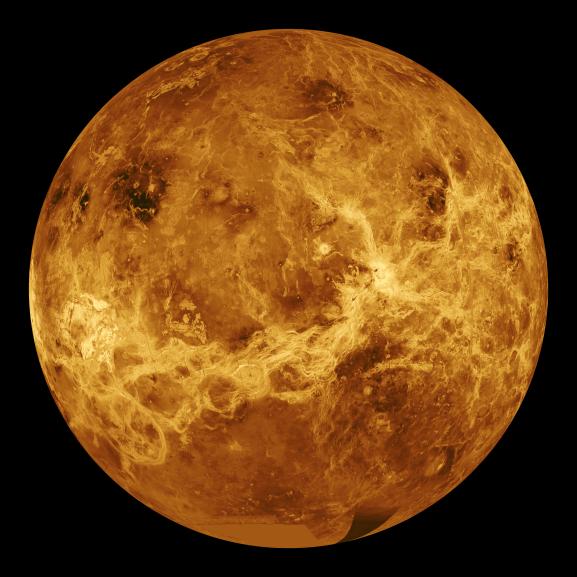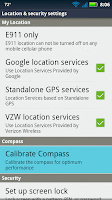I've known about this from my earliest days of interest in astronomy, but I never made it happen until the handy events in the week of March 26, 2012 (and today as it happens). I have recently tormented my family with helping them experience the joy of astronomy during the daytime (like this other event), and now you can enjoy it, too.
 |
| Venus |
It is possible to see the planet Venus in the day sky, you just have to know where to look. During a single day, Venus is essentially the same distance from the sun, and travels with it across the sky. It doesn't change much from one day to the next, either.
Without technology you can find it by measuring the distance that you notice the very bright "star" in the evening or morning. (Remember, Venus is also known as the Morning Star; or just ask an astronomy buddy.) So, once you know that it's about a fist-width away from Sol, or an elbow length, or whatever, you just wait until some time during the day. Given a clear sky and blocking the sun behind a building, you put the relevant appendage back up, measure off the correct distance and start staring.
But, nerds have long since solved even the most mundane problems for us, and this one is no different. Sky charts are electronically generated now, like the nice people over at Heavens Above do quite well. You can put in your location, set the clock to whatever time you want, and it spits out a picture.
It takes a bit of concentration to make it appear, but once you see it, it will surprise you at how easy it is to see. With some practice, and checking the night sky frequently, I have been able to glance up at the daytime sky and find it unaided. Show your friends. This is an impressive trick for those adults who have lived their whole life not realizing that you can see a "star" in the middle of the day.
| Sky Map App |
FYI, if you use one of those fruity phones, I don't know how you would do this, but it's probably possible. Just ask a genius.
References:
Heavens Above (Android app)
(used to be Google) Sky Map App
Calibrate your phone compass
China eclipse

look at you taking jabs at the Geniuses in the world who use "fruity phones". Surely the Apple app is better than the Android app? HAHAHA! I AM a huge fan of your writing style - primarily because it includes your dry sense of humor, which I highly appreciate! Now I'm gonna have to find an astronomy (or is it astrology - just kidding) app so I can find Venus. Better than looking for Uranus...
ReplyDelete:-) I'm sure the Apple solution is superior in every way, now that they've had time to catch up.
ReplyDeleteThanks for the feedback, and good luck. Today is a good day to try it out, since Venus is leading the Moon across the sky.